The Great Pyramids of Giza are some of the most recognizable monuments in the world. Of the seven wonders of the ancient world, they're the only ones to survive, and they're visited by thousands of people each year.
The largest pyramid in the complex was built around 2,560 B.C. as a tomb for the pharaoh Khufu, also known as Cheops. It probably took between 10 and 20 years and thousands of workers to construct.
But when you're rich and powerful enough to have a massive tomb built for yourself, you can bet that thieves will take notice — and take the first opportunity to steal all the treasure inside!
That's why for hundreds of years, the pyramids have been empty. Their sheer size made them beloved treasures themselves, but when it came to discovering artifacts inside, archaeologists always figured there was nothing left to find.
But history has a weird way of sneaking up on us with new things. That's what happened when scientists discovered that a dagger in King Tut's famous tomb had extraterrestrial origins. And now, they're saying that the Great Pyramid of Khufu just might have been hiding something all along.
[H/T: Independent]
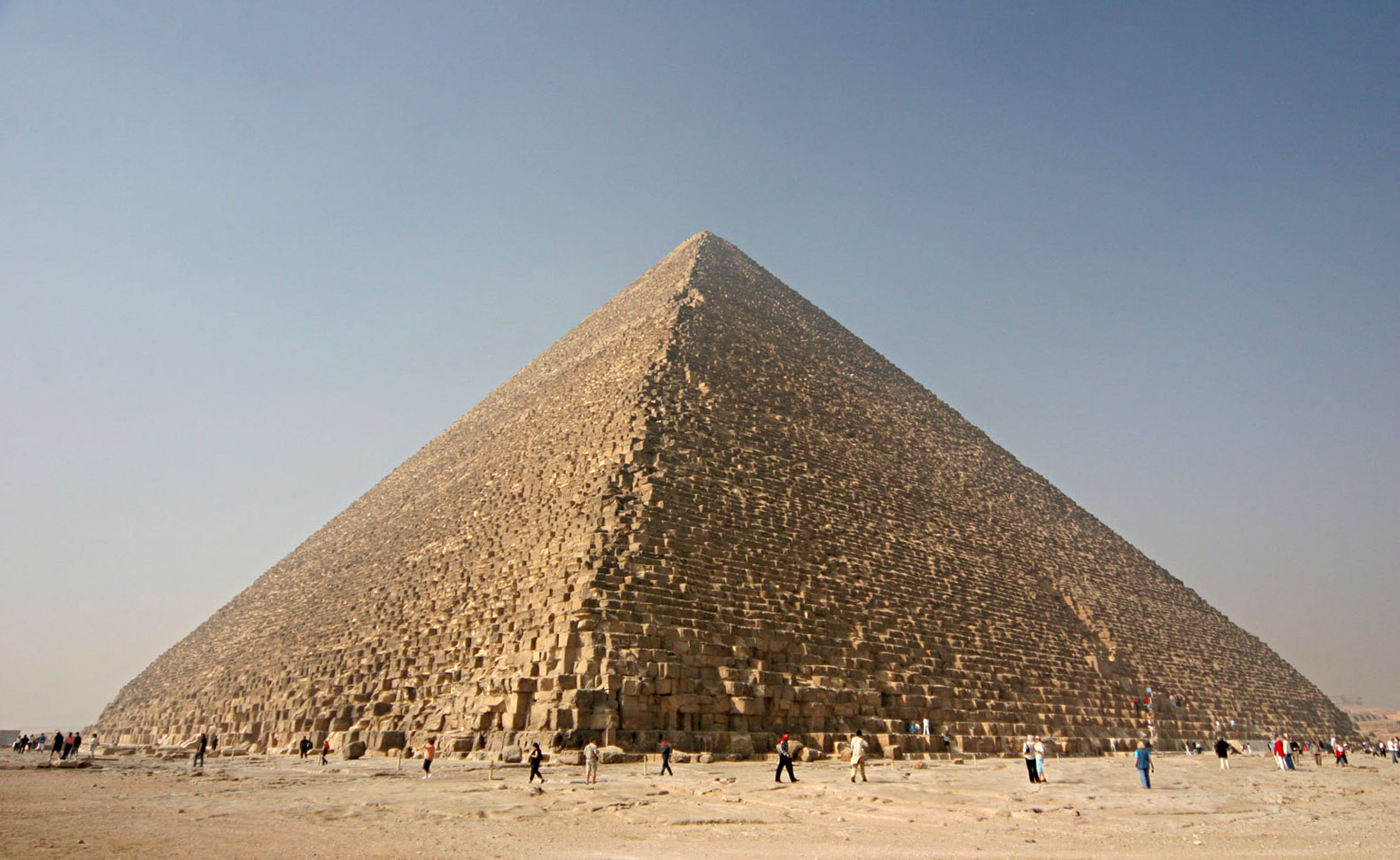
This is the Great Pyramid of Giza, the largest of all the pyramids at the burial complex in Egypt.
These pyramids are about 4,500 years old and were the final resting places of pharaohs, who were buried with their worldly treasures.
Today, they're empty, having been looted centuries ago. But they're still one of the world's most popular destinations.

Naturally, people have been curious about them forever. This sketch from 1754 shows the interior passageways and chambers of the pyramid.
Until recently, it was thought that the pyramid has three chambers, which held the body of the pharaoh and his possessions, which ancient Egyptians believed he would use in the afterlife.
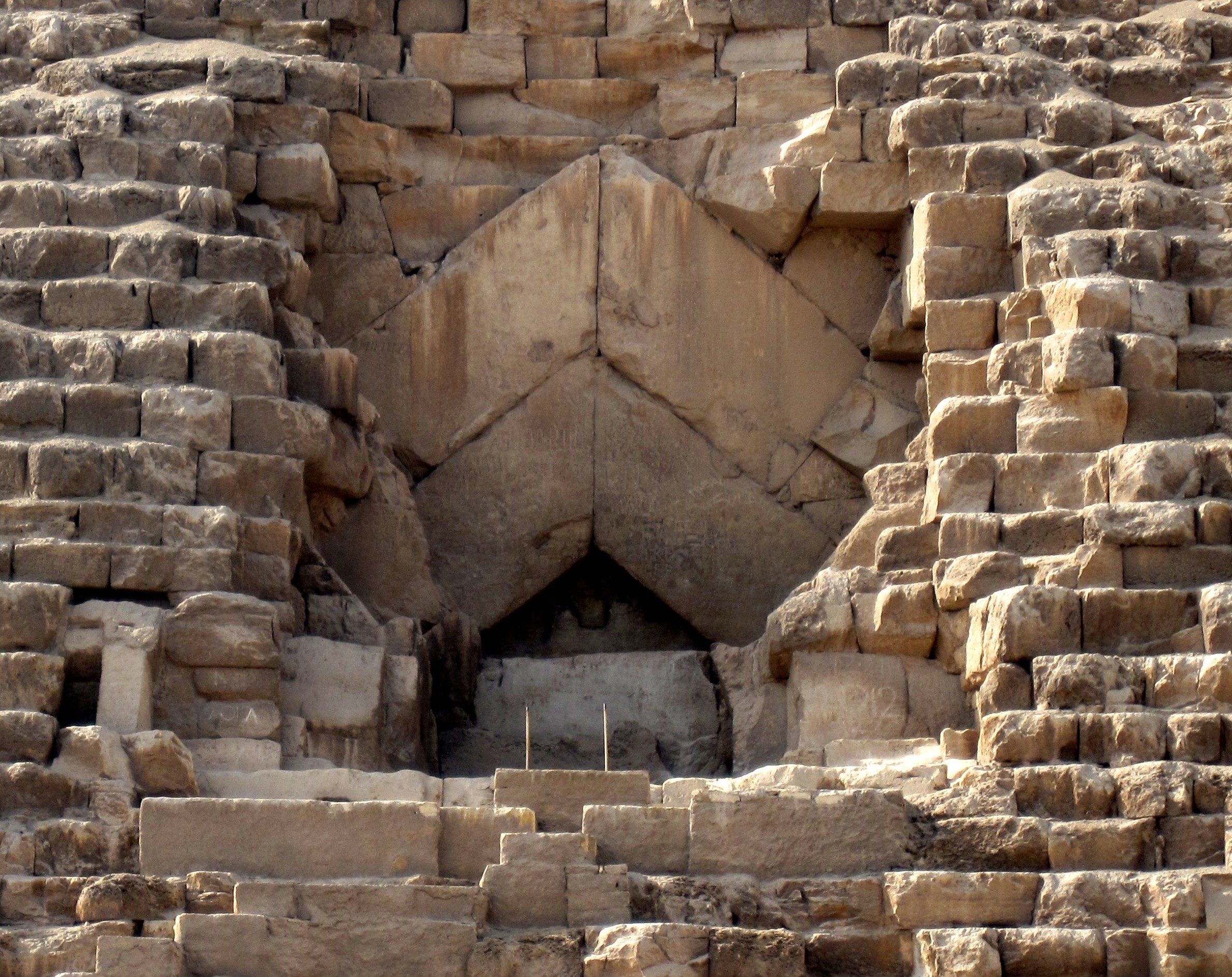
But recently, thanks to high-tech scanners, two mysterious cavities were discovered deep inside the massive stone structure.
Thanks to infrared imaging and 3D modeling technology, scientists are now able to look deeper into the pyramids without causing any damage to the ancient stones.
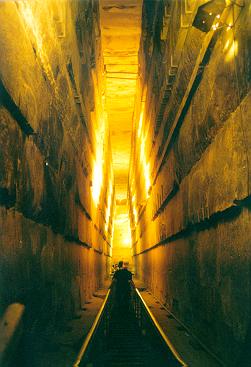
The nature of the "rooms" is still unknown, although scientists have concluded that some kind of open spaces inside the stone exist.
Whether they're secret chambers, and what might be in them, remains to be seen.
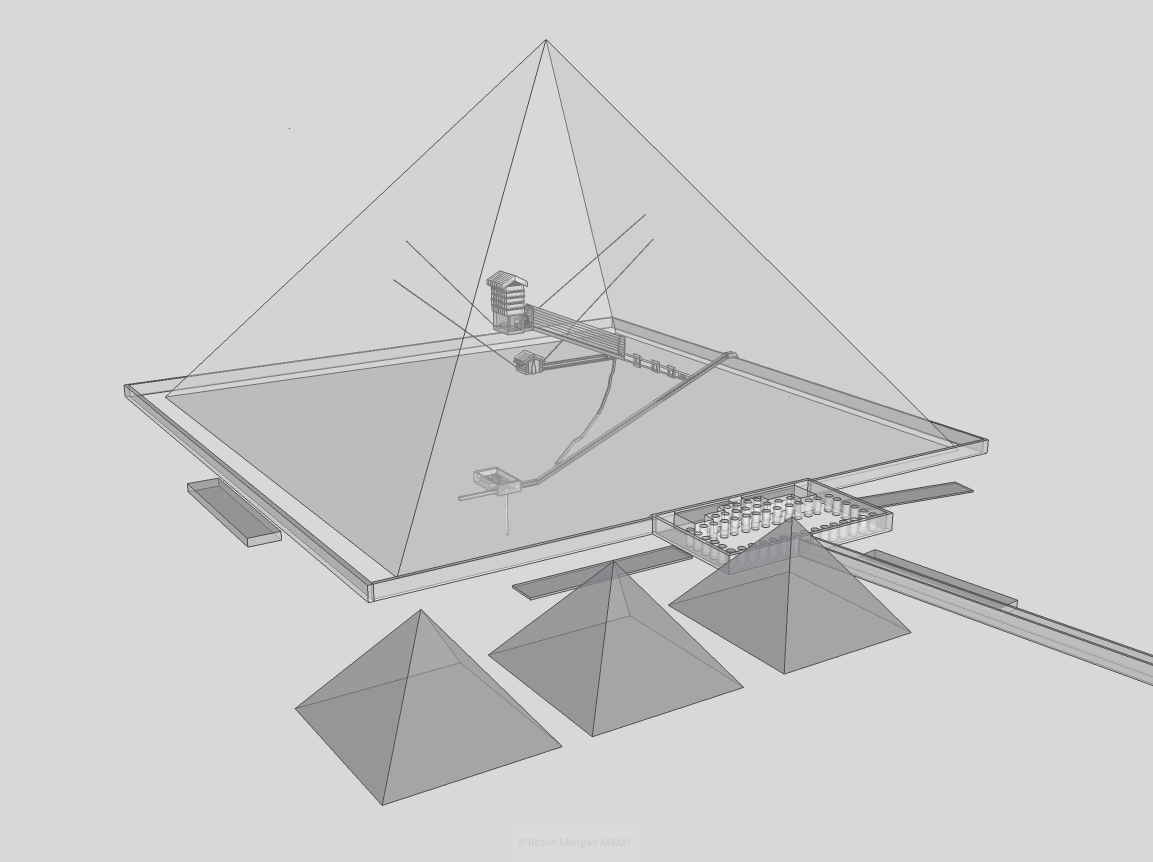
As far as we know, Khufu's pyramid looks like this illustration. It's mostly solid stone, with narrow passageways leading into the three chambers. There's a main entrance, as well as other passages that may have been air vents for the builders.
The three little pyramids are for Khufu's wives.
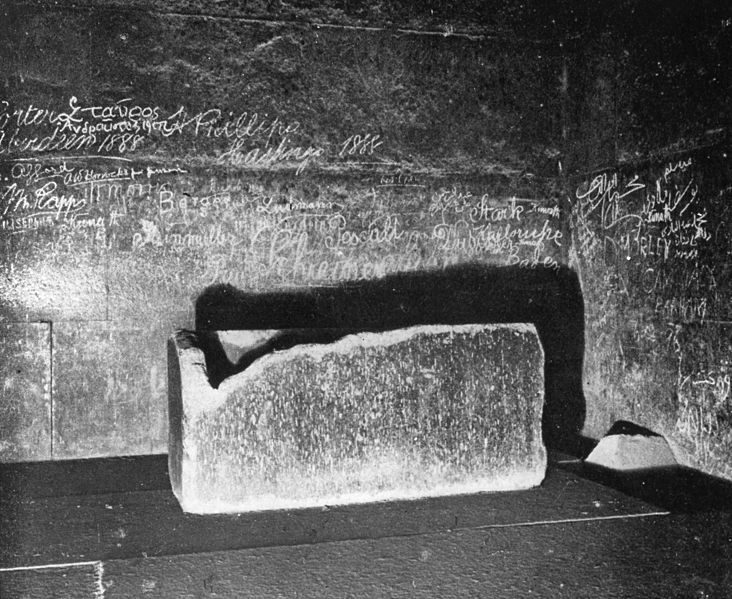
Researchers still have a lot of work to do to see if these mysterious cavities are in fact rooms, or if they're just hollow areas in the stone.
If they are rooms, though, they could be filled with all sorts of amazing information that could shed light on this incredible period in history.
What do you think the cavities are? If they're rooms, what do you hope is inside?
Let us know in the comments, and SHARE this find with anyone who loves history!




